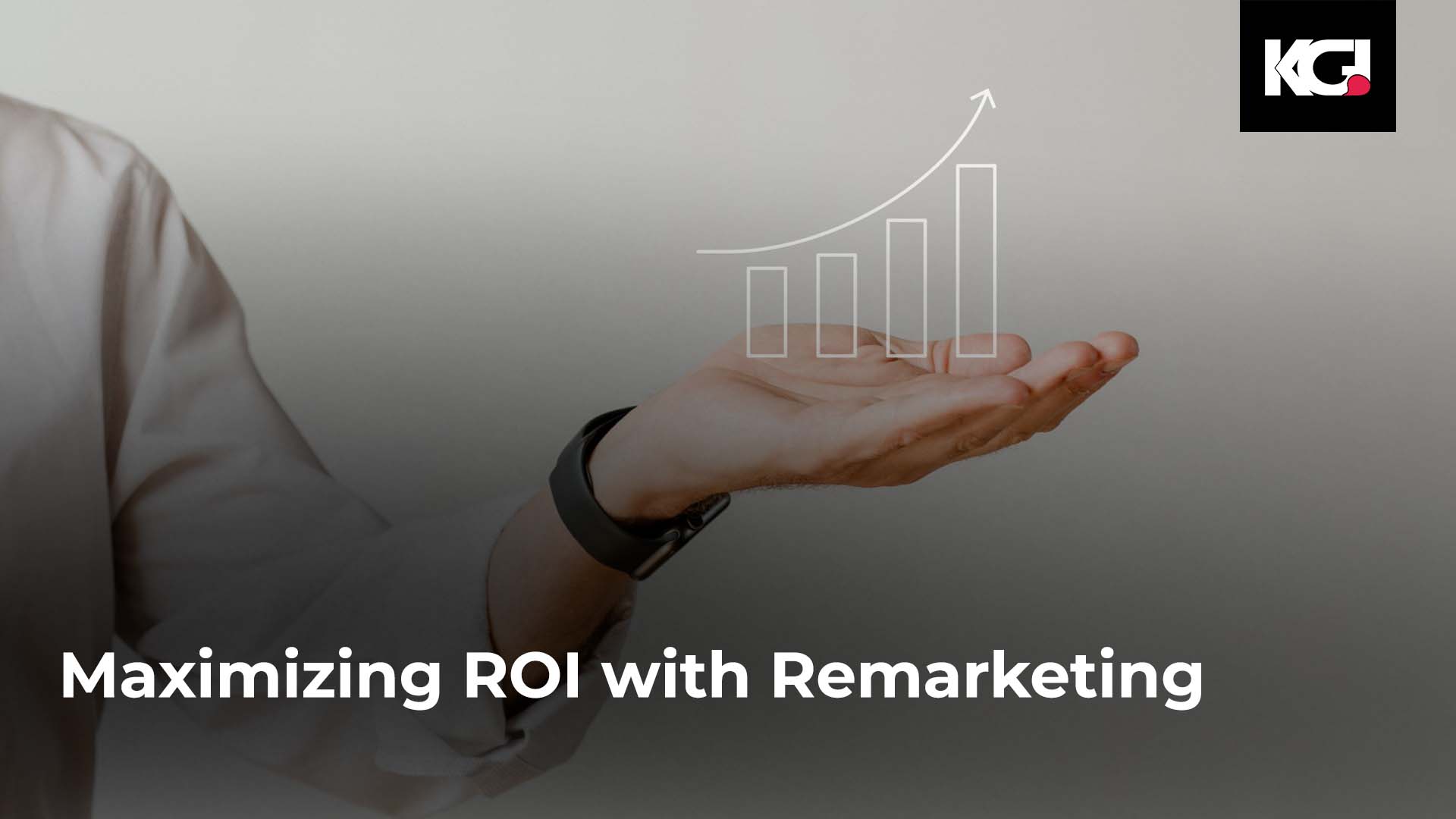In the world of digital marketing, achieving a high return on investment (ROI) is a constant pursuit. Remarketing, also known as retargeting, has emerged as a powerful strategy to accomplish this goal. This article delves into the concept of remarketing and provides insights into how businesses can effectively utilize it to maximize their ROI.
Understanding Remarketing
Remarketing is a strategic advertising approach that targets individuals who have previously interacted with a brand’s website or mobile app. It involves showing tailored ads to these past visitors as they browse other websites or social media platforms. The primary objective is to re-engage potential customers who have shown interest but didn’t convert during their initial visit.
The Benefits of Remarketing
Increased Conversions: Remarketing allows you to reconnect with users who have already shown interest in your products or services. This highly targeted approach increases the likelihood of converting these individuals into customers, thus boosting your conversion rate.
Cost-Effective: Remarketing campaigns are often cost-effective compared to broad-reaching advertising methods. Since you are targeting a specific audience that is already familiar with your brand, the cost per click (CPC) tends to be lower.
Enhanced Brand Recall: Consistently displaying your brand’s ads to past visitors reinforces brand awareness and recognition. Even if users don’t convert immediately, they are more likely to remember your brand when making a future purchase decision.
Precise Targeting: Remarketing allows for precise audience segmentation. You can create different ad campaigns tailored to specific user segments based on their previous interactions with your website. This level of personalization can significantly improve the relevance of your ads.
Strategies for Maximizing ROI with Remarketing
Segmentation: Divide your audience into distinct segments based on their behavior on your website. For example, create separate lists for users who abandoned their shopping carts, those who visited specific product pages, or those who completed a specific action (e.g., signing up for a newsletter). Tailor your ad content to each segment’s interests and needs.
Dynamic Remarketing: Utilize dynamic remarketing to display ads featuring products or services that users viewed on your website. These ads can include images and descriptions of the exact products users showed interest in, increasing the chances of conversion.
Frequency Capping: Avoid bombarding users with excessive ads, as this can lead to ad fatigue and a negative user experience. Implement frequency capping to limit the number of times an individual sees your remarketing ads within a specific time frame.
A/B Testing: Continuously optimize your remarketing campaigns through A/B testing. Experiment with different ad creatives, ad copy, and landing pages to identify what resonates best with your audience and drives higher conversion rates.
Customized Landing Pages: Ensure that users clicking on your remarketing ads are directed to landing pages that align with their interests. A consistent and personalized user experience from ad to landing page can significantly improve conversion rates.
Ad Schedule and Bid Adjustments: Analyze the time and days when your audience is most active and adjust your ad schedule and bids accordingly. This ensures that your ads are displayed when they are most likely to be seen and acted upon.
Monitor and Adjust: Regularly monitor the performance of your remarketing campaigns. Analyze key metrics such as click-through rates, conversion rates, and ROI. Use these insights to make data-driven adjustments to your campaigns to optimize their effectiveness continually.
In conclusion, remarketing is a powerful tool that can significantly enhance your ROI in digital marketing. By strategically targeting users who have already expressed interest in your brand, products, or services, you can boost conversions, increase brand recall, and achieve a cost-effective advertising strategy. To maximize your ROI with remarketing, it’s essential to implement segmentation, dynamic remarketing, frequency capping, A/B testing, customized landing pages, ad schedule adjustments, and continuous monitoring and adjustment. When executed effectively, remarketing can become a cornerstone of your digital marketing strategy, delivering impressive results and a strong return on investment.


